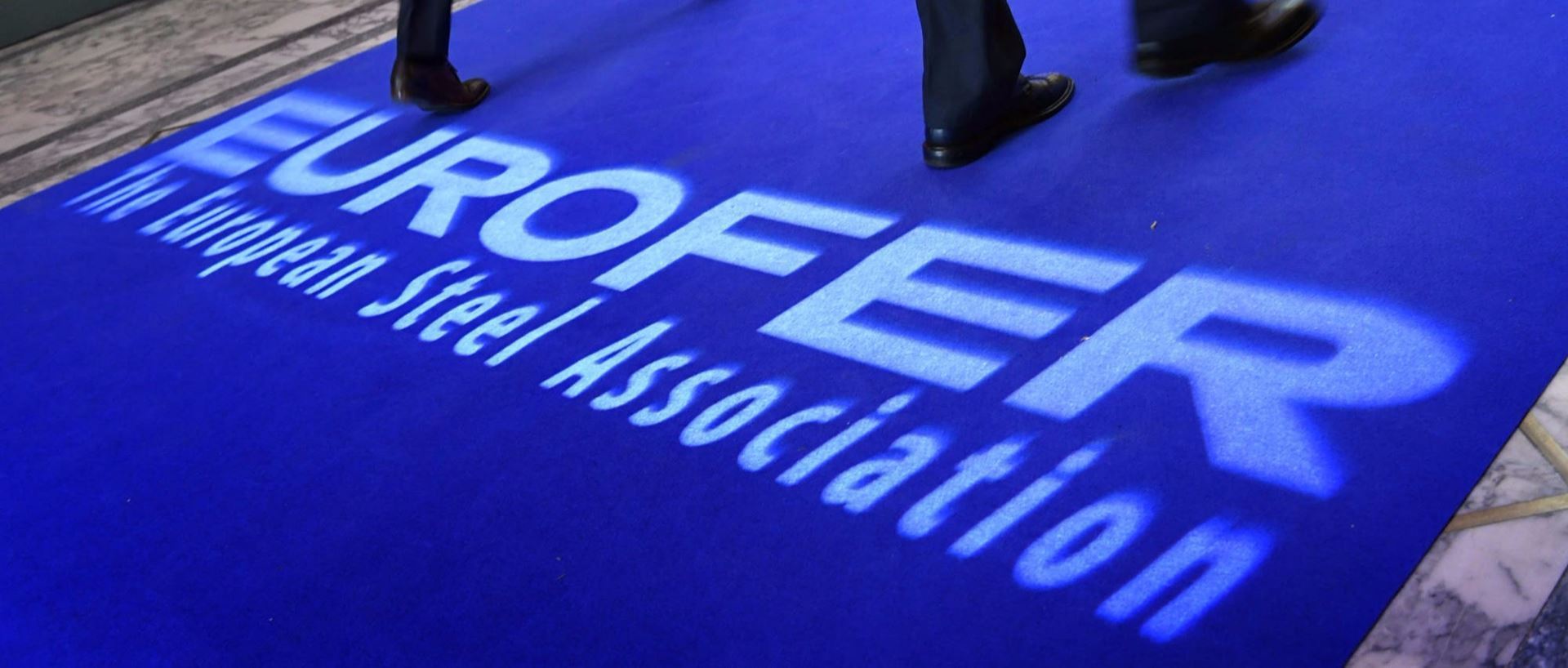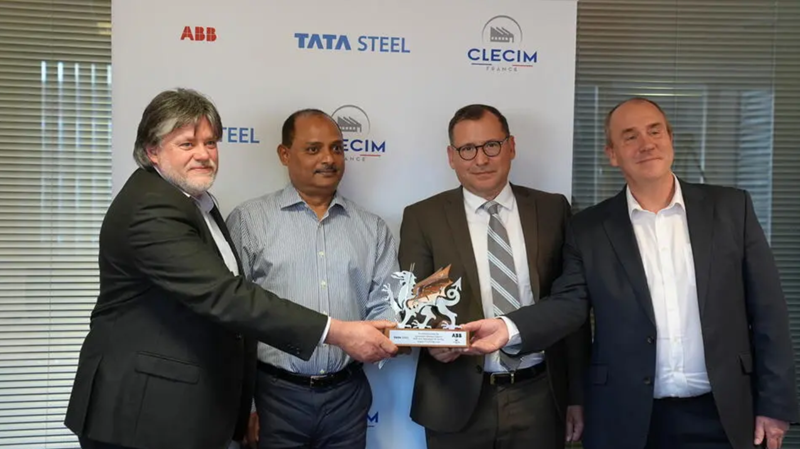According to the latest Economic and Steel Market Outlook published by the European Steel Association (EUROFER), the European steel industry faced an even more difficult period in 2024 due to economic and geopolitical uncertainties. The report emphasized that the contraction in the sector will be deeper than previous estimates.
According to EUROFER's data, expectations for a decline in apparent steel consumption for 2024 have been updated from 1.8% to 2.3%. The recovery forecast for 2025 was also revised down from 3.8% to 2.2%. While a similar picture emerged in steel-using sectors, it was stated that the slowdown in the automotive and construction sectors had a negative impact on steel demand.
In the first eleven months of 2024, there were significant developments in the European Union's (EU) steel exports. The main destinations of EU steel exports in this period were the United Kingdom, the United States, Turkey, Switzerland, China and Egypt. The top five countries accounted for 57% of total EU exports of finished products.
Among the leading export markets, exports of finished products increased by 30% to the US, 8% to China, 6% to Norway and 11% to the UK, while they decreased by 7% to Switzerland, 8% to Turkey and 8% to Egypt.
Axel Eggert, Director General of EUROFER, stated after the release of the report that the European steel industry has been structurally weakened by external factors such as large-scale dumping, uncompetitive energy and carbon prices. "Our industry can no longer bear this burden. The European Commission's decisions will determine the future of the steel industry and the European economy."
According to EUROFER's report, the growth forecast for the Steel Weighted Industrial Production Index (SWIP) for 2024 has been updated to-3.3%, while the recovery rate for 2025 has been reduced from 1.6% to 0.9%. In 2026, a limited recovery 2.1% is expected.











Comments
No comment yet.